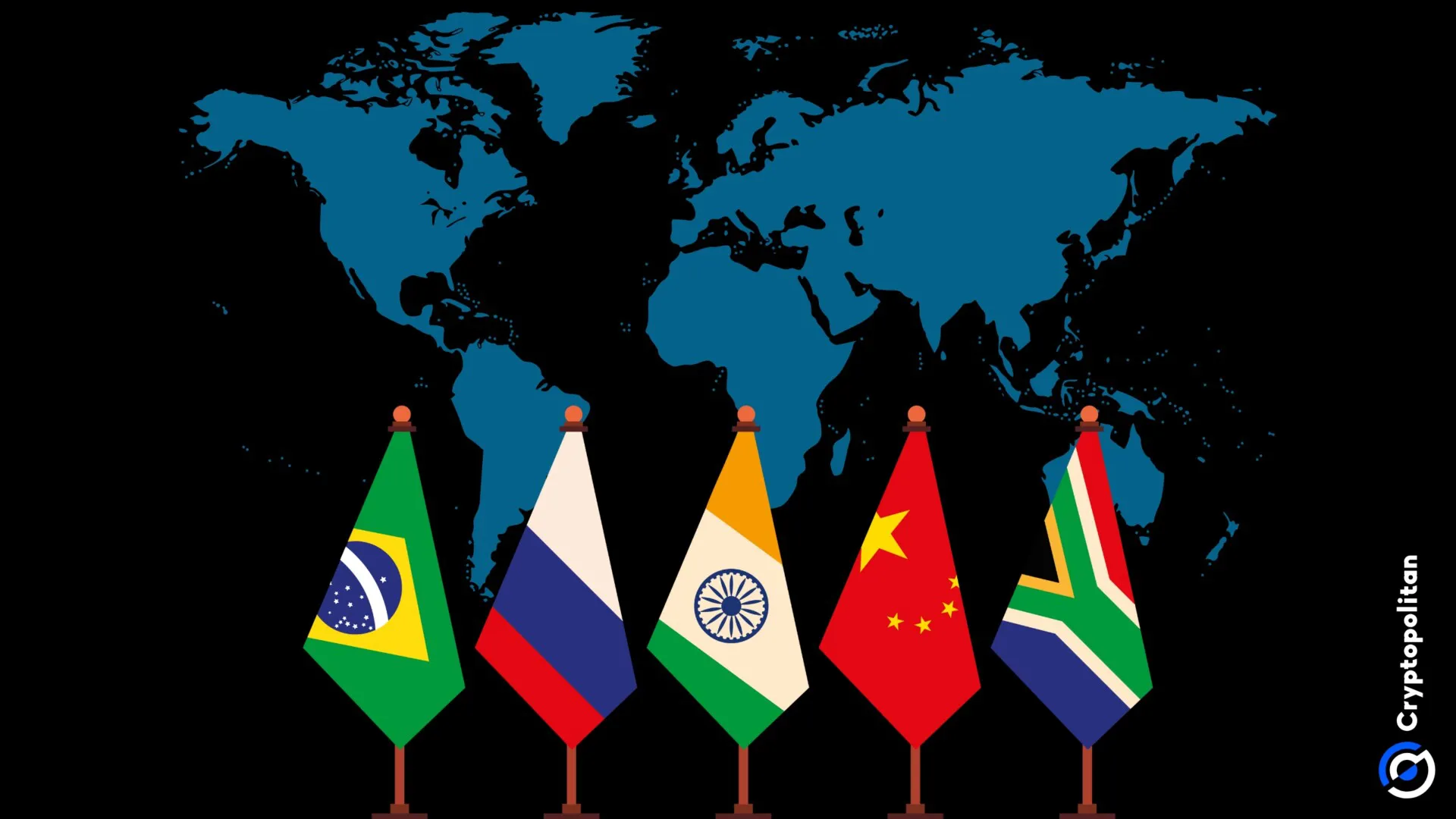BRICS has decided it’s not letting any new countries join as full members this year. Speaking at the summit he’s hosting in Kazan, President Vlad Putin, made it clear that the current roster of nine full members is enough, at least for now.
What’s surprising? Saudi Arabia, despite all the hype and an earlier invitation, officially said no to the offer and didn’t even sign on as a partner country. Remains to be seen if this would affect the close friendship between Putin and Mohammed bin Salman Al Saud, as well as the two countries.
BRICS’ bigger picture
Thirteen new countries have been welcomed as BRICS official partners, giving them a seat at the table, but not full membership status. Algeria, Belarus, Bolivia, Cuba, Indonesia, Kazakhstan, Malaysia, Nigeria, Thailand, Turkey, Uganda, Uzbekistan, and Vietnam have all stepped into the mix, working toward a potential future membership.
Saudi Arabia’s absence from the official members and partner list? That’s got everyone talking. With the Middle East powerhouse not signing up, despite the August 2023 expansion talks, it seems like Riyadh’s priorities are elsewhere.
But BRICS isn’t waiting on anyone. They’ve got enough momentum with the countries that are already on board, especially with the newest additions like Iran, Egypt, Ethiopia, and the UAE joining the original five: Brazil, Russia, India, China, and South Africa.
The summit wasn’t just a chance for these nations to take pictures and exchange handshakes. The big focus was on money. BRICS is pushing hard for alternative payment systems that can bypass Western-controlled networks like SWIFT.
Russia’s been locked out of SWIFT since it invaded Ukraine, and now Putin’s doubling down on BRICS creating a new cross-border payments system that allows settlements in local currencies.
While Putin’s playing the long game, it’s also a diplomatic flex. Turkey’s President, Tayyip Erdogan, showed up despite his country being a NATO member. He’s long been interested in getting Turkey involved with BRICS. Even the UN Secretary-General Antonio Guterres popped by.
BRICS banking on its own rules
So, what’s the endgame here? BRICS has been around since 2006, but things have been moving a little slow. The New Development Bank (NDB), which BRICS launched, is expected to make around $5 billion in loans this year.
Yeah, that’s a tiny fraction compared to the World Bank’s $72.8 billion, but the drive is there. But the dollar isn’t going away tomorrow, but more countries are looking at BRICS as an insurance policy. They’re looking at a world where Western rules don’t dominate.
But as BRICS gets bigger, tensions between member countries’ national interests grow too. It’s tough to get everyone on the same page when you have countries like China and India, which aren’t exactly best friends.
BRICS now accounts for a fifth of global trade. But does this mean it will topple the dollar? Not anytime soon.
Sure, Putin is toying with the idea of a new payment system, but don’t expect the dollar to disappear from global finance just because of some new initiatives. America still is the most powerful country on earth.
IMF weighs in on BRICS
The IMF is paying attention. Managing Director Kristalina Georgieva wants to know more. She said that the idea isn’t new, but the details are what matter. “We need more information to really assess what’s going on here.”
The BRICS Cross-Border Payments Initiative (BCBPI) could rival SWIFT, at least on paper. But the execution is where things could get complicated.
As the IMF focuses on getting inflation back to central bank targets and navigating a “low growth, high debt” world, they’re also watching how BRICS’ new initiatives could shake up the status quo.
The Global Sovereign Debt Roundtable (GSDR) has been trying to help countries restructure debt, and while it’s making progress, there’s still a lot of work ahead.





